 Glasgow climate summit: U-M experts available to comment | Global MichiganDelegates from nearly 200 countries will gather in Glasgow, Scotland, at the end of the month for the COP26 climate summit, described by some as a make-or-break chance to curb greenhouse gas emissions and stave off the worst ravages of climate change. University of Michigan experts are available to comment.
Glasgow climate summit: U-M experts available to comment | Global MichiganDelegates from nearly 200 countries will gather in Glasgow, Scotland, at the end of the month for the COP26 climate summit, described by some as a make-or-break chance to curb greenhouse gas emissions and stave off the worst ravages of climate change. University of Michigan experts are available to comment.Jennifer Haverkamp, a veteran of seven U.N. climate summits, is a former ambassador and special representative in the Obama State Department, where she led U.S. negotiating teams to successful climate agreements under the Montreal Protocol and the U.N. International Civil Aviation Agreement. She is the director of the Graham Sustainability Institute and teaches at the Law School and Ford School of Public Policy.
Her areas of expertise include United Nations Framework Convention on Climate Change diplomacy and negotiating dynamics, short-lived climate pollutants such as methane and hydrofluorocarbons, and issues at the intersection of climate change and international trade and competitiveness.
“The nations heading to Glasgow bear the grave responsibility of delivering commitments stringent enough to give us one last shot at avoiding catastrophic climate change,” she said. As the IPCC’s latest report made clear, we are incontrovertibly on the brink of making climate disasters the norm, and cutting potent short-lived climate pollutants like methane, nitrous oxides and HFCs are essential next steps.
“The Biden Administration will be welcomed back to the table, but as it presses others to do more, they’ll be looking for proof the U.S. can deliver on its own ambitious goals.”
https://www.civilengineering.ai/glasgow-climate-summit-u-m-experts-available-to-comment/

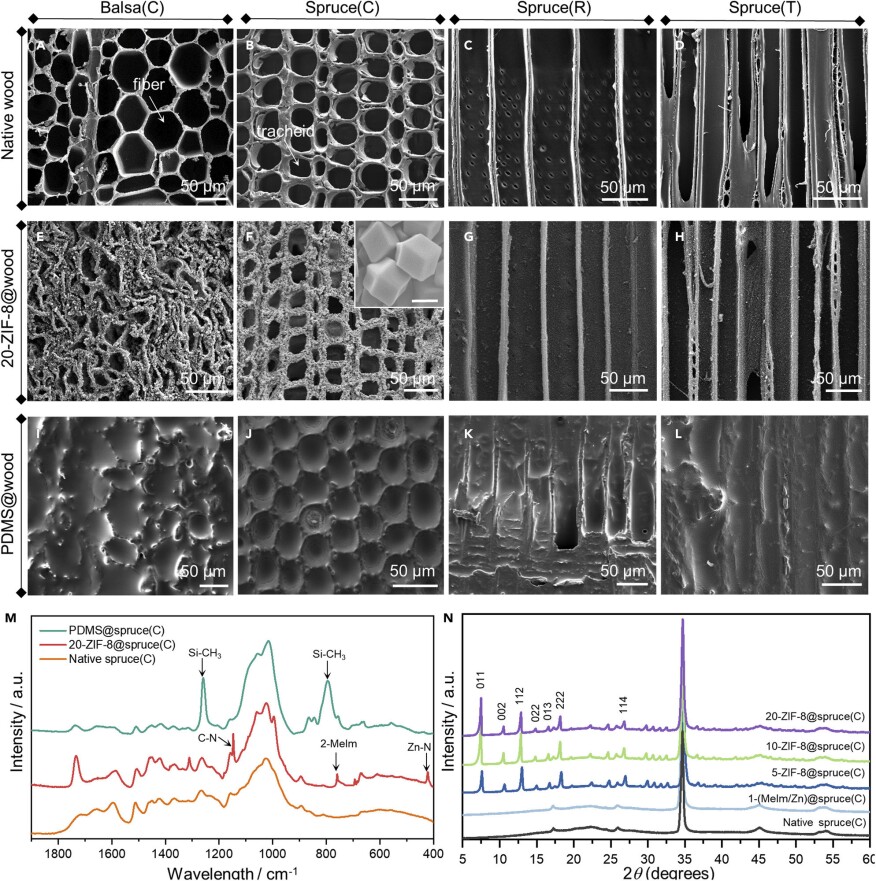
 Spotlight: Smart-building company 75F ‘scales up’ with partners | Finance & CommerceToday’s climate challenges are too large for any company to solve alone, says Deepinder Singh, founder and CEO of 75F, the Bloomington-based manufacturer of smart building management systems.
Spotlight: Smart-building company 75F ‘scales up’ with partners | Finance & CommerceToday’s climate challenges are too large for any company to solve alone, says Deepinder Singh, founder and CEO of 75F, the Bloomington-based manufacturer of smart building management systems. Sensor Under Your Office Desk? Welcome to Property Technology in Smart BuildingsThe past two years were a busy time for real estate professionals. While commercial buildings like office towers, shopping malls and hotels stood empty for months in a row as a result of the COVID-19 pandemic, building owners and their corporate tenants were pondering how to bring people back to their properties. Technology plays a big role in these plans.
Sensor Under Your Office Desk? Welcome to Property Technology in Smart BuildingsThe past two years were a busy time for real estate professionals. While commercial buildings like office towers, shopping malls and hotels stood empty for months in a row as a result of the COVID-19 pandemic, building owners and their corporate tenants were pondering how to bring people back to their properties. Technology plays a big role in these plans.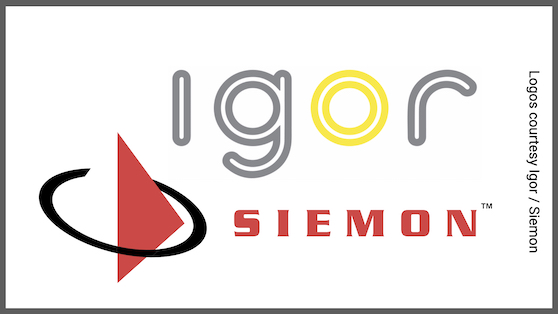 Expanded partnership within smart building partner ecosystem – Siemon and Igor - Electrical BusinessOctober 20, 2021 – Siemon and Igor announced they have expanded their partnership within the smart building partner ecosystem “to better meet customer needs and expand opportunities in the growing smart building market.”
Expanded partnership within smart building partner ecosystem – Siemon and Igor - Electrical BusinessOctober 20, 2021 – Siemon and Igor announced they have expanded their partnership within the smart building partner ecosystem “to better meet customer needs and expand opportunities in the growing smart building market.” Top Scholars in South Africa HonouredFourty-three of the country’s leading scholars and scientists were inaugurated as Members of the Academy of Science of South Africa (ASSAf) at the annual Awards Ceremony on 20 October 2021.
Top Scholars in South Africa HonouredFourty-three of the country’s leading scholars and scientists were inaugurated as Members of the Academy of Science of South Africa (ASSAf) at the annual Awards Ceremony on 20 October 2021. Kirby Smart building a sustainable culture within Georgia footballWeek 8 of college football happens to be a bye week for Georgia football, and has given head coach Kirby Smart and his team the ability to reset and reflect. The Bulldogs head coach spoke to the media on Wednesday about the state of the program and how to keep it sustainable.
Kirby Smart building a sustainable culture within Georgia footballWeek 8 of college football happens to be a bye week for Georgia football, and has given head coach Kirby Smart and his team the ability to reset and reflect. The Bulldogs head coach spoke to the media on Wednesday about the state of the program and how to keep it sustainable. Google moves forward with Matter for smart home developersAs major smart home brands gear up for unification under the Matter protocol, Google is building a suite of tools for smart home developers.
Google moves forward with Matter for smart home developersAs major smart home brands gear up for unification under the Matter protocol, Google is building a suite of tools for smart home developers. Loudoun County deploys Intelligent Transportation System on roadwaysLoudoun County, in coordination with the Virginia Department of Transportation (VDOT,) on Monday deployed an intelligent transportation system (ITS) which includes color, closed-circuit television cameras (CCTV) and dynamic message signs (DMS) at five locations, according to an Oct. 15 release.
Loudoun County deploys Intelligent Transportation System on roadwaysLoudoun County, in coordination with the Virginia Department of Transportation (VDOT,) on Monday deployed an intelligent transportation system (ITS) which includes color, closed-circuit television cameras (CCTV) and dynamic message signs (DMS) at five locations, according to an Oct. 15 release.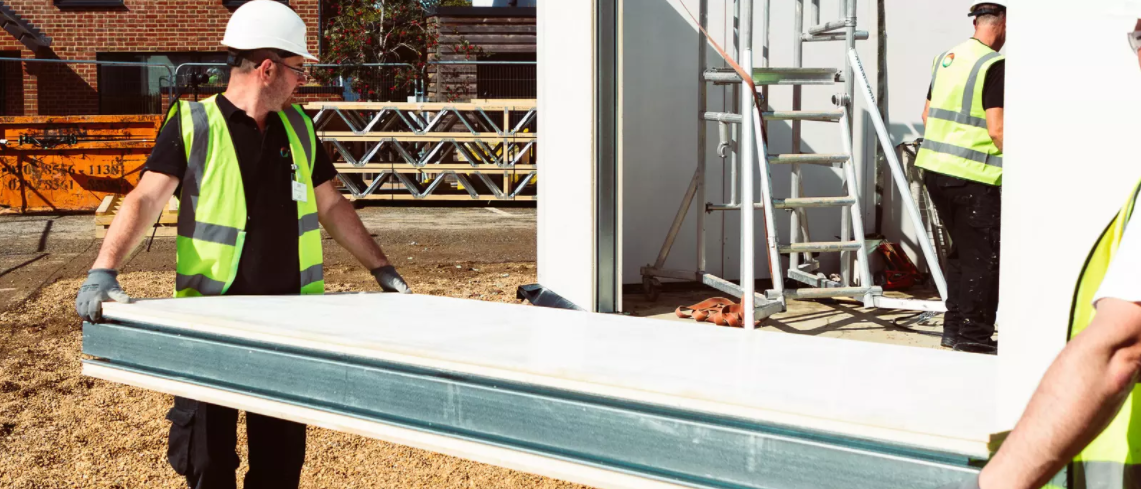
 How smart construction could ease Namibia’s housing crisisHouses built using Modern Methods of Construction (MMC) are quick to build, and offer economic, environmental and social benefits.
How smart construction could ease Namibia’s housing crisisHouses built using Modern Methods of Construction (MMC) are quick to build, and offer economic, environmental and social benefits.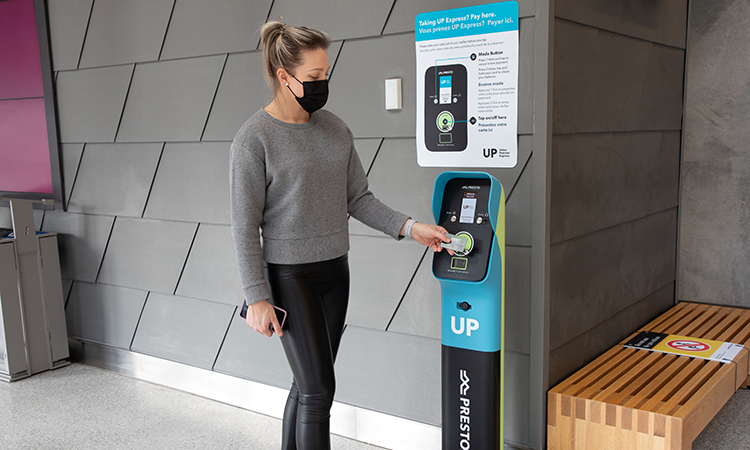 UP Express customers now benefitting from contactless debit paymentsThe introduction of contactless debit payments for UP Express services marks the first time that a transit agency in Canada is offering this option.
UP Express customers now benefitting from contactless debit paymentsThe introduction of contactless debit payments for UP Express services marks the first time that a transit agency in Canada is offering this option. TIER Mobility announces integration with Netherlands MaaS app, GaiyoFollowing TIER’s launch in the Netherlands in September 2021, the micro-mobility operator has announced its integration with Dutch MaaS app, Gaiyo.
TIER Mobility announces integration with Netherlands MaaS app, GaiyoFollowing TIER’s launch in the Netherlands in September 2021, the micro-mobility operator has announced its integration with Dutch MaaS app, Gaiyo.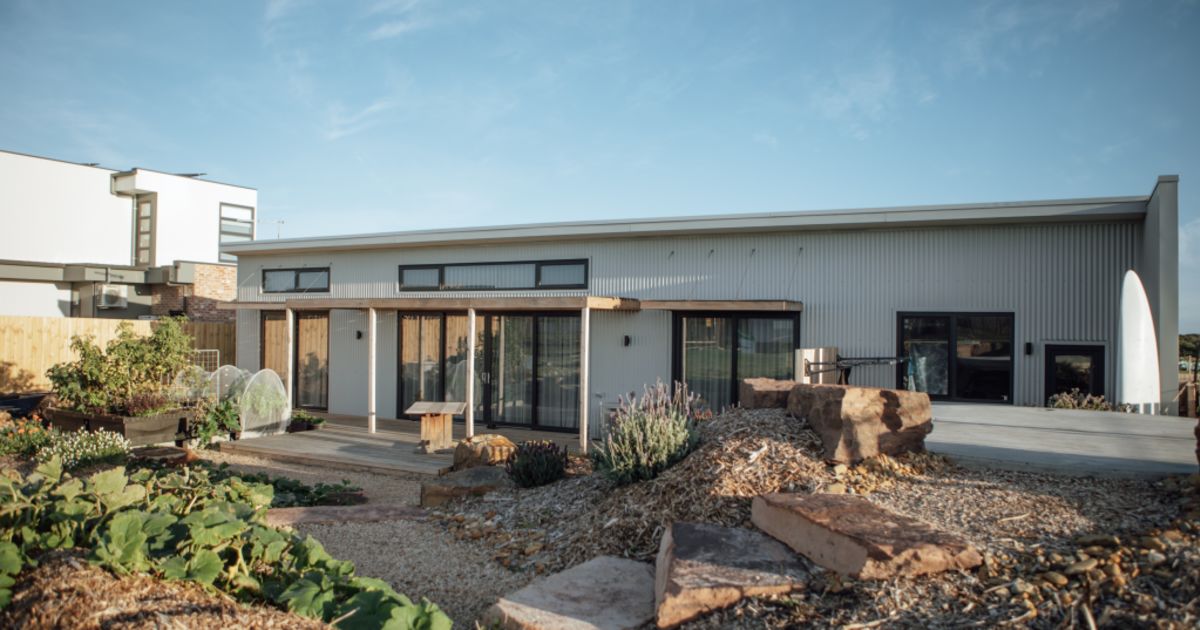 Smart homes powered by movement will be the way of the future in sustainable, affordable housingA game-changing way of building homes is being invented that will cut construction and energy costs and is touted as a way of helping Australia reach its net zero target by 2050 while delivering more affordable housing.
Smart homes powered by movement will be the way of the future in sustainable, affordable housingA game-changing way of building homes is being invented that will cut construction and energy costs and is touted as a way of helping Australia reach its net zero target by 2050 while delivering more affordable housing. Lucia Smart Cabin / Pirinen Salo OyText description provided by the architects. Lucia Smart is a glass and steel space unit designed for Finnish glass construction company Savon Lasituote Oy. It can be used as an accommodation or workspace with amazing views of its surroundings and to the sky. The unit is delivered ready to use to the plot where it is installed on foundations built according to the manufacturer's instructions and connected to infrastructure.
Lucia Smart Cabin / Pirinen Salo OyText description provided by the architects. Lucia Smart is a glass and steel space unit designed for Finnish glass construction company Savon Lasituote Oy. It can be used as an accommodation or workspace with amazing views of its surroundings and to the sky. The unit is delivered ready to use to the plot where it is installed on foundations built according to the manufacturer's instructions and connected to infrastructure. 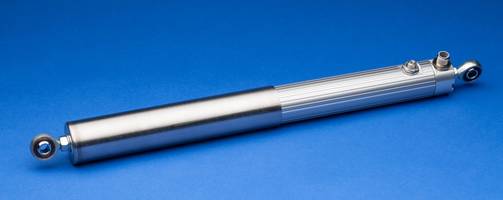 New position sensors are designed for harsh environments.Press Release Summary:
New position sensors are designed for harsh environments.Press Release Summary: Running Shoe Material Inspired Design to Protect Buildings from Impact DamageA material used in running shoes and memory foam pillows has inspired the design of a 3D-printed product that could help protect buildings from collision damage and other high impact forces, equivalent to a car traveling at 60km/hr.
Running Shoe Material Inspired Design to Protect Buildings from Impact DamageA material used in running shoes and memory foam pillows has inspired the design of a 3D-printed product that could help protect buildings from collision damage and other high impact forces, equivalent to a car traveling at 60km/hr. Vance Street Capital announces the acquisition of Syscom Instruments and the formation of Terra Insights, a global geotechnical, structural and geospatial monitoring platformOctober 19, 2021·3 min read
Vance Street Capital announces the acquisition of Syscom Instruments and the formation of Terra Insights, a global geotechnical, structural and geospatial monitoring platformOctober 19, 2021·3 min read Bridgepoint buys majority stake in traffic software specialist from Porsche SE - ET AutoPorsche SE, the largest shareholder in Volkswagen , said it would keep a 40% stake in the unit, whose software is being used by more than 2,500 cities and municipalities worldwide.
Bridgepoint buys majority stake in traffic software specialist from Porsche SE - ET AutoPorsche SE, the largest shareholder in Volkswagen , said it would keep a 40% stake in the unit, whose software is being used by more than 2,500 cities and municipalities worldwide. 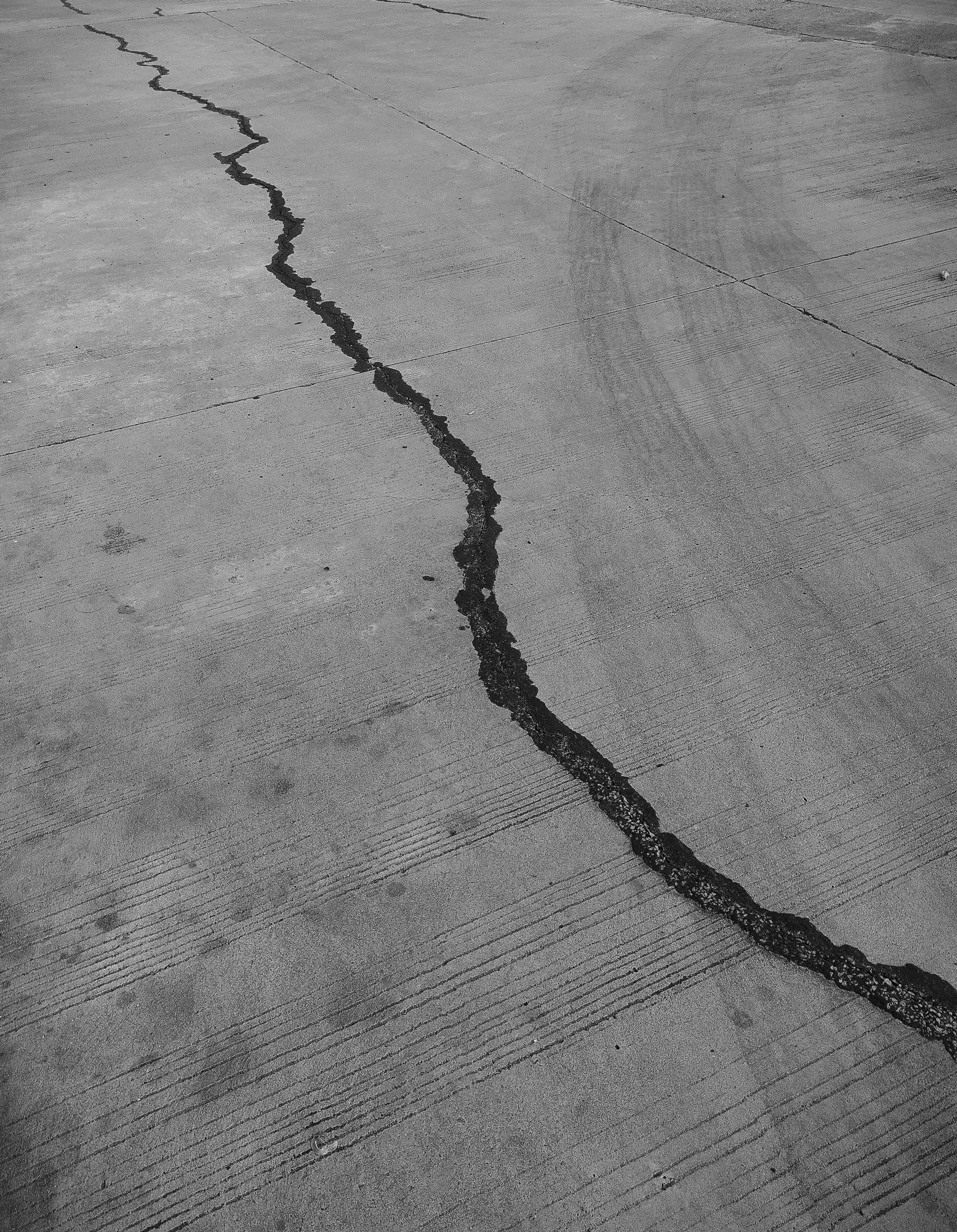 Preparing for the Big One: UBC research lab to shake, rattle and rollUBC’s Earthquake Engineering Research Facility (EERF) will shake, rattle and roll for the public this International ShakeOut Day.
Preparing for the Big One: UBC research lab to shake, rattle and rollUBC’s Earthquake Engineering Research Facility (EERF) will shake, rattle and roll for the public this International ShakeOut Day.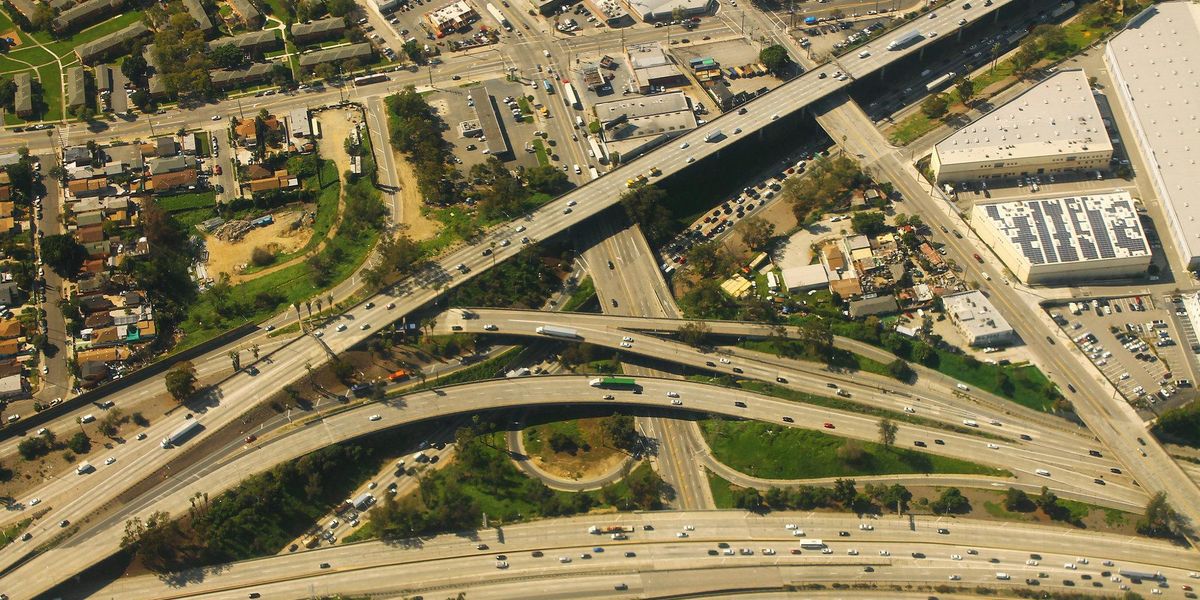 Diesel trucks are causing environmental injustice across US citiesLow-income people of color in the U.S. are exposed to 28% more nitrogen dioxide (NO2) in the air they breathe compared to their wealthier white counterparts, a new study using satellite measurements reports.
Diesel trucks are causing environmental injustice across US citiesLow-income people of color in the U.S. are exposed to 28% more nitrogen dioxide (NO2) in the air they breathe compared to their wealthier white counterparts, a new study using satellite measurements reports.
 HT Aero Raises US$500+ Million in Series A FinancingHT Aero (Huitian, or the Company), an urban air mobility (UAM) company and an affiliate of XPeng Inc., today announced that it has entered into a definitive agreement with a consortium of investors to raise over US$500 million for its Series A capital funding. The funding round is led by IDG Capital, 5Y Capital and XPeng Inc. with participation by a consortium of renowned investors, including Sequoia China, Eastern Bell Capital, GGV Capital, GL Ventures and Yunfeng Capital.
HT Aero Raises US$500+ Million in Series A FinancingHT Aero (Huitian, or the Company), an urban air mobility (UAM) company and an affiliate of XPeng Inc., today announced that it has entered into a definitive agreement with a consortium of investors to raise over US$500 million for its Series A capital funding. The funding round is led by IDG Capital, 5Y Capital and XPeng Inc. with participation by a consortium of renowned investors, including Sequoia China, Eastern Bell Capital, GGV Capital, GL Ventures and Yunfeng Capital. Drought is among the biggest dangers to the U.S. New water technology is making its way across the countryHydroponics and regenerative agriculture are two methods the U.S. West is using to keep food growing.
Drought is among the biggest dangers to the U.S. New water technology is making its way across the countryHydroponics and regenerative agriculture are two methods the U.S. West is using to keep food growing. Australian Researchers to Develop AI For Geospatial IntelligenceUniversity of Wollongong (UOW) researchers will share in $1.2 million in funding as part of a Federal Government program to strengthen Australia’s critical geospatial intelligence capabilities. Associate Professor Son Lam Phung, Senior Professor Salim Bouzerdoum, and Dr Fok Hing Chi Tivive, from UOW’s School of Electrical, Computer and Telecommunications Engineering, will lead the project – ‘What vessel is that?’ – to develop a machine learning tool that can detect and classify ocean vessels from satellite synthetic-aperture radar (SAR) imagery.
Australian Researchers to Develop AI For Geospatial IntelligenceUniversity of Wollongong (UOW) researchers will share in $1.2 million in funding as part of a Federal Government program to strengthen Australia’s critical geospatial intelligence capabilities. Associate Professor Son Lam Phung, Senior Professor Salim Bouzerdoum, and Dr Fok Hing Chi Tivive, from UOW’s School of Electrical, Computer and Telecommunications Engineering, will lead the project – ‘What vessel is that?’ – to develop a machine learning tool that can detect and classify ocean vessels from satellite synthetic-aperture radar (SAR) imagery. Can civil engg prof teach AI? Old hands pushed to teach new tech | Hyderabad News - Times of IndiaHyderabad: Skewed demand for core courses due to introduction of emerging technology has hit the faculty members from disciplines such as mechanical, electronics and electrical hard. Faculty are now compelled to upgrade their expertise to teach computer science engineering (CSE) related courses.
Can civil engg prof teach AI? Old hands pushed to teach new tech | Hyderabad News - Times of IndiaHyderabad: Skewed demand for core courses due to introduction of emerging technology has hit the faculty members from disciplines such as mechanical, electronics and electrical hard. Faculty are now compelled to upgrade their expertise to teach computer science engineering (CSE) related courses. 
 Data Scientist Garima Raheja Is Addressing the Environmental Justice Issues of Air PollutionAfter spending most of her childhood in New Delhi, India — one of the most polluted cities in the world — air pollution had become a fact of life for Garima Raheja.
Data Scientist Garima Raheja Is Addressing the Environmental Justice Issues of Air PollutionAfter spending most of her childhood in New Delhi, India — one of the most polluted cities in the world — air pollution had become a fact of life for Garima Raheja.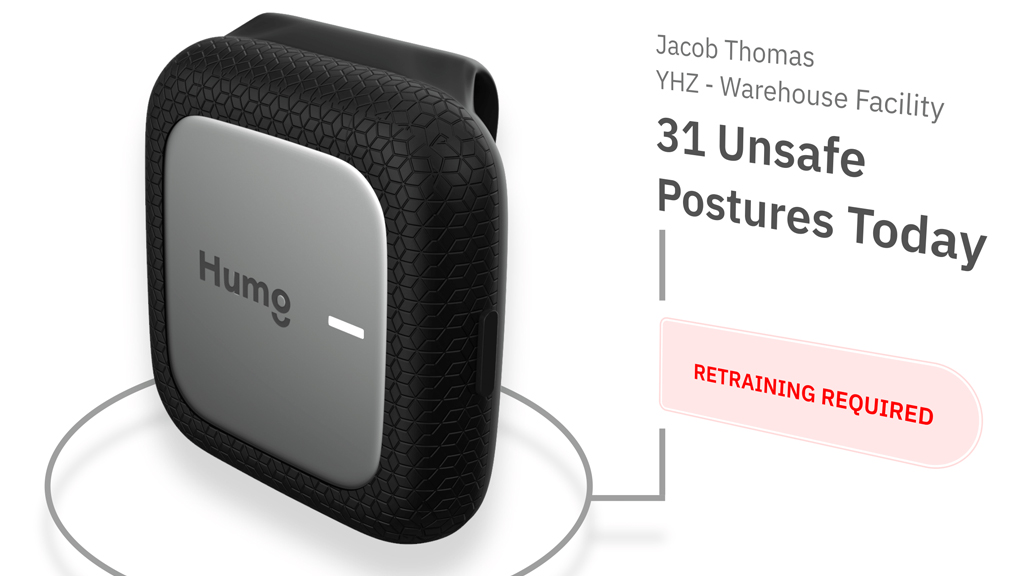 Humo develops wearable sensors to prevent workplace injuriesHumo, a digital health and analytics company, is using wearable sensors and artificial intelligence to prevent injuries in the workplace.
Humo develops wearable sensors to prevent workplace injuriesHumo, a digital health and analytics company, is using wearable sensors and artificial intelligence to prevent injuries in the workplace. Yes, the Digital Twin War Is Here | CDOTrendsProfessor Joe Mathew was very excited when he saw a digital twin of the republic of Singapore when he was at a conference earlier this year.
Yes, the Digital Twin War Is Here | CDOTrendsProfessor Joe Mathew was very excited when he saw a digital twin of the republic of Singapore when he was at a conference earlier this year. USDOT releases climate adaptation and resilience planBy introducing the climate adaptation and resilience plan, the U.S. Department of Transportation is supporting the whole-of-government approach to confronting the climate crisis.
USDOT releases climate adaptation and resilience planBy introducing the climate adaptation and resilience plan, the U.S. Department of Transportation is supporting the whole-of-government approach to confronting the climate crisis.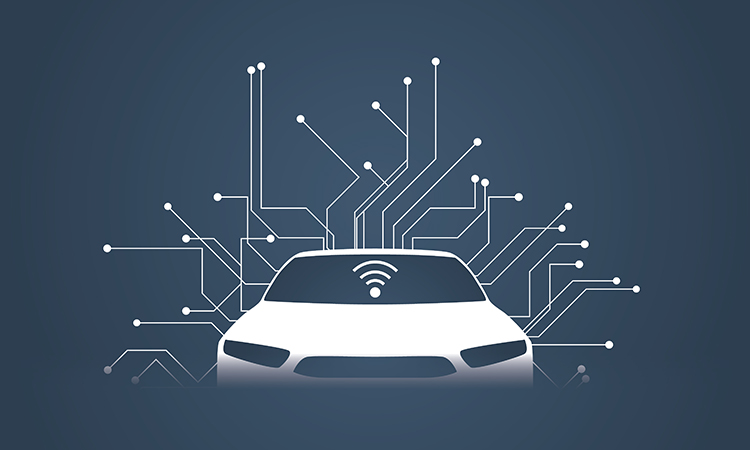
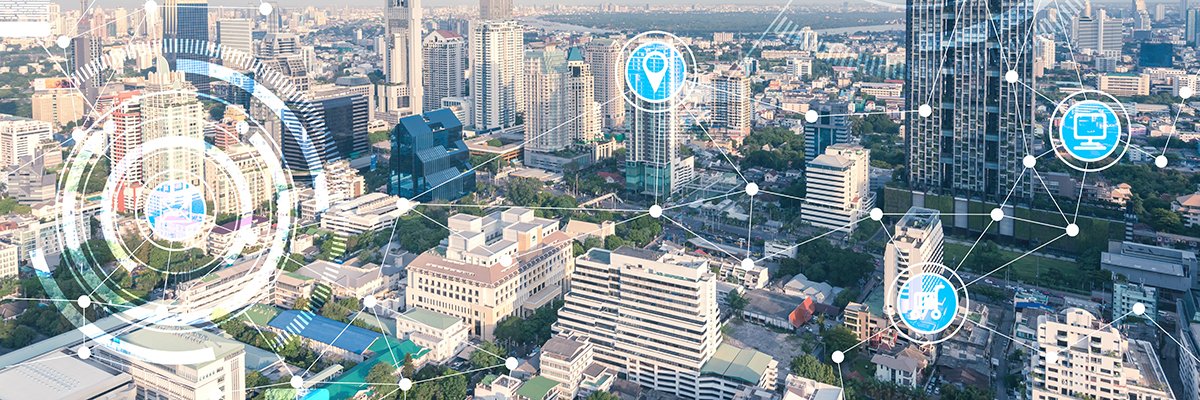
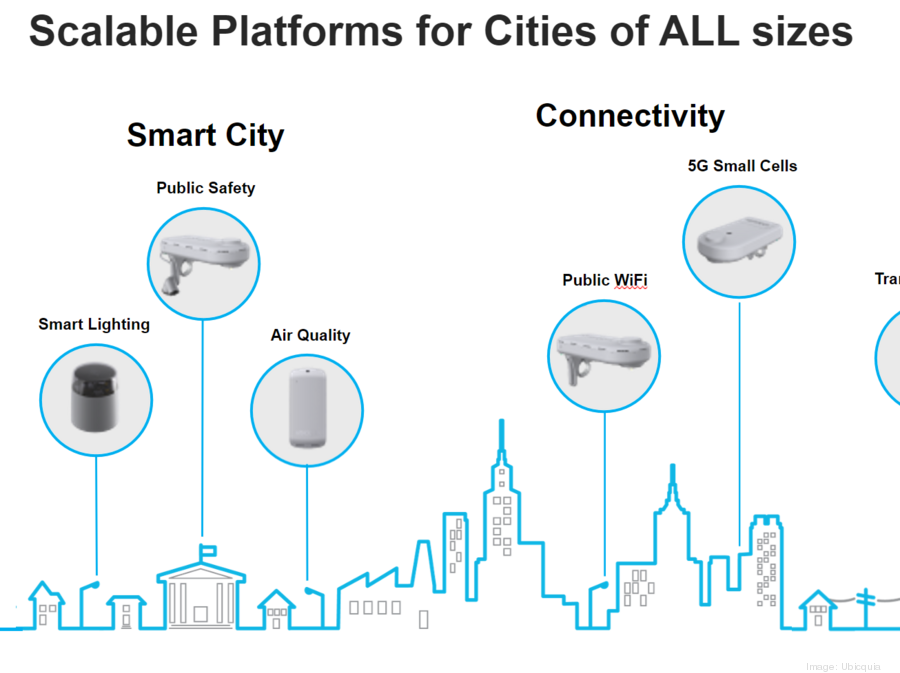

 Drones to Manage Powerline Vegetation: Routescene UAV LiDARRoutescene case study demonstrates the benefits of using drones to manage powerline vegetation.
Drones to Manage Powerline Vegetation: Routescene UAV LiDARRoutescene case study demonstrates the benefits of using drones to manage powerline vegetation.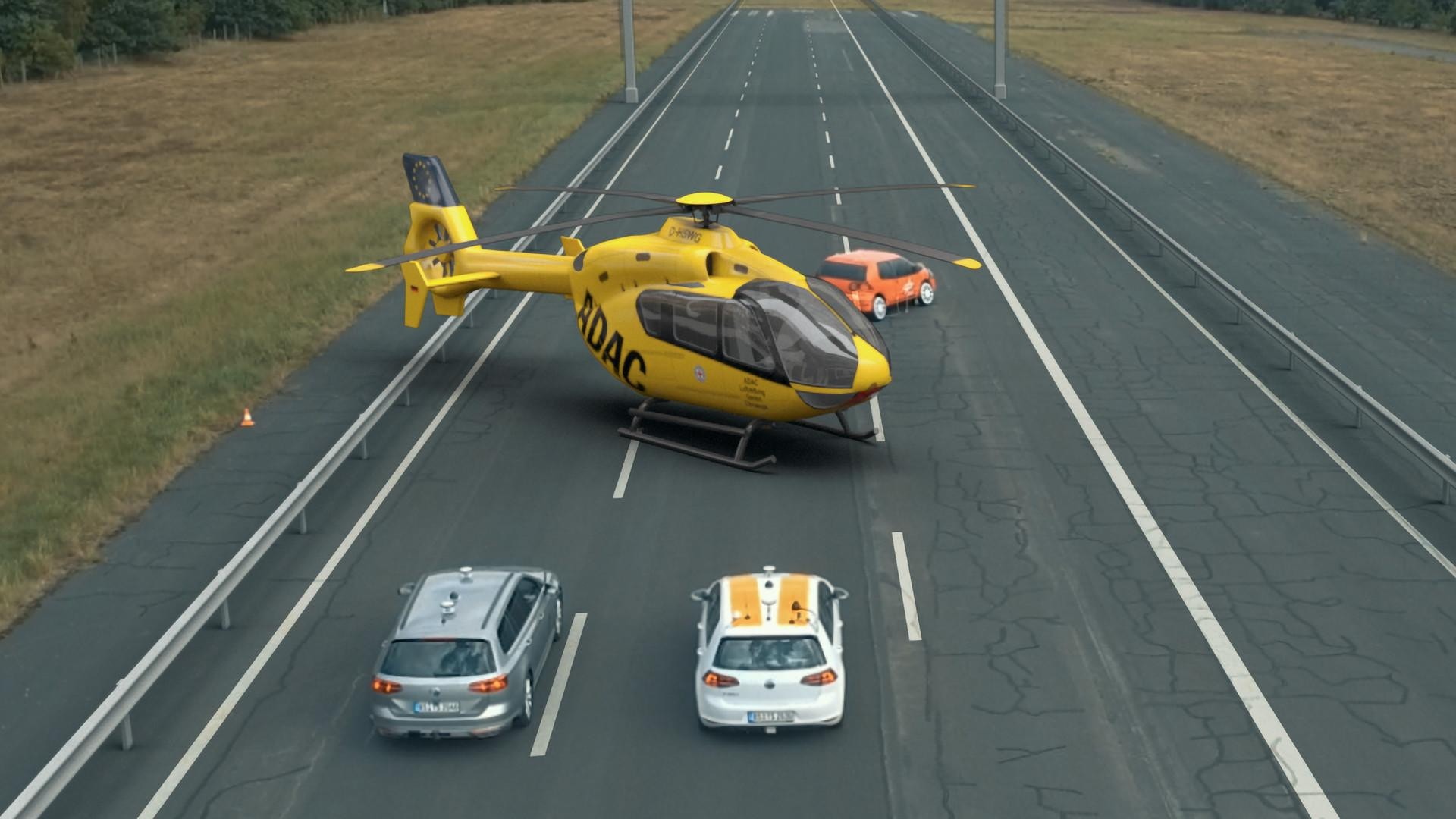 The German Aerospace Center Unveils U-Shift and a Futuristic Rescue Mobility ConceptAutonomous vehicles with capsule-shaped structures, intelligent road intersections, helicopters communicating with drones, and self-driving cars – these aren’t bits from a Sci-Fi movie, but elements of the German Aerospace Center (DLR)’s vision for the future of mobility.
The German Aerospace Center Unveils U-Shift and a Futuristic Rescue Mobility ConceptAutonomous vehicles with capsule-shaped structures, intelligent road intersections, helicopters communicating with drones, and self-driving cars – these aren’t bits from a Sci-Fi movie, but elements of the German Aerospace Center (DLR)’s vision for the future of mobility.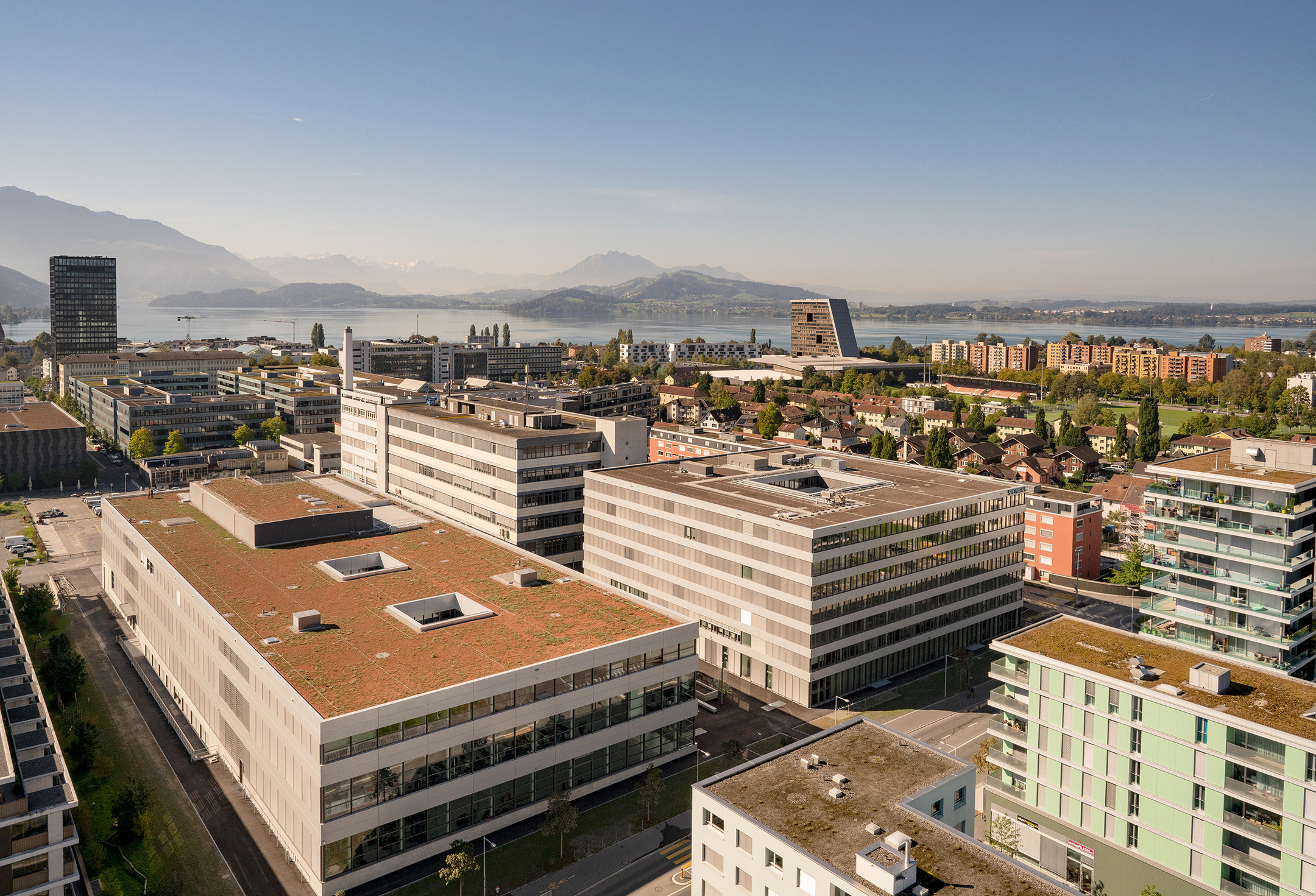
 As smart buildings increase, so does cybersecurity riskIntelligent building solutions or “smart buildings” are increasingly becoming the norm across many property types. Tenants and building owners are drawn to the ease and convenience of scheduling and programming elevator arrivals, conference room bookings, HVAC systems, and more, all through their smartphones. However, as buildings become more and more programmable from multiple users, the cybersecurity risk has also increased in lockstep.
As smart buildings increase, so does cybersecurity riskIntelligent building solutions or “smart buildings” are increasingly becoming the norm across many property types. Tenants and building owners are drawn to the ease and convenience of scheduling and programming elevator arrivals, conference room bookings, HVAC systems, and more, all through their smartphones. However, as buildings become more and more programmable from multiple users, the cybersecurity risk has also increased in lockstep. Qatari market now more open to digital solutionsDoha: With growing awareness towards digital transformation in Qatar, local businesses which used to be apprehensive about adopting new technologies are now more open to digital solutions that help improve their operations, an official has said.
Qatari market now more open to digital solutionsDoha: With growing awareness towards digital transformation in Qatar, local businesses which used to be apprehensive about adopting new technologies are now more open to digital solutions that help improve their operations, an official has said. 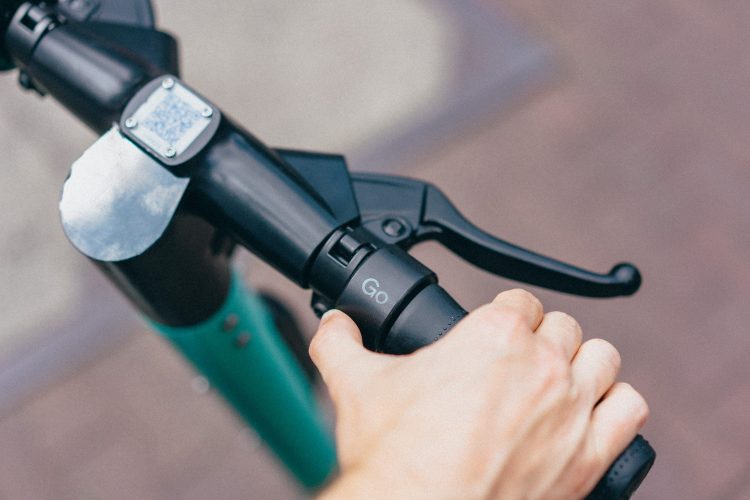
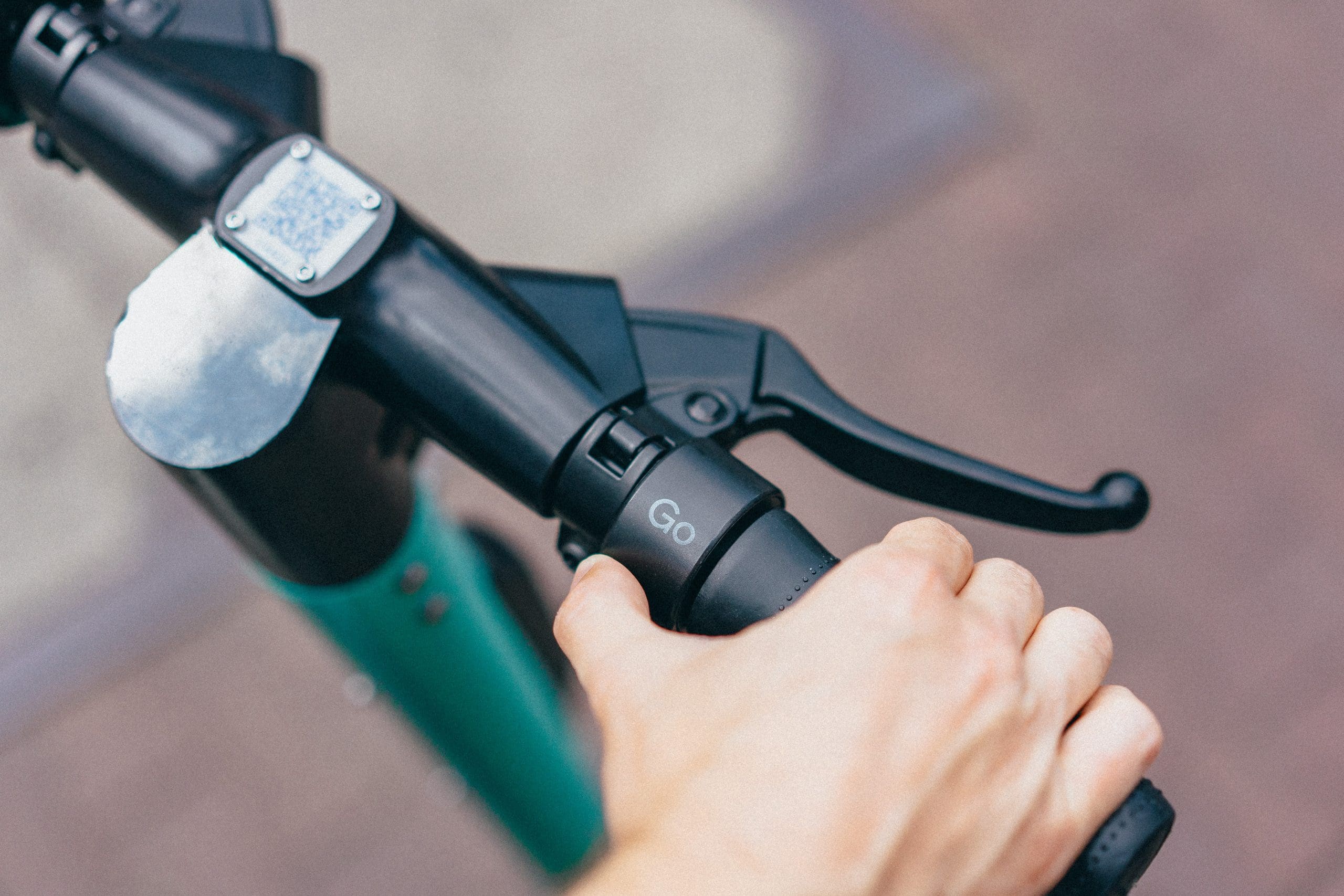 TIER Mobility announces Google Maps integration in the UKBy integrating with Google Maps in the UK, TIER Mobility is able to improve passenger access to its e-scooters and promote greener forms of transport.
TIER Mobility announces Google Maps integration in the UKBy integrating with Google Maps in the UK, TIER Mobility is able to improve passenger access to its e-scooters and promote greener forms of transport.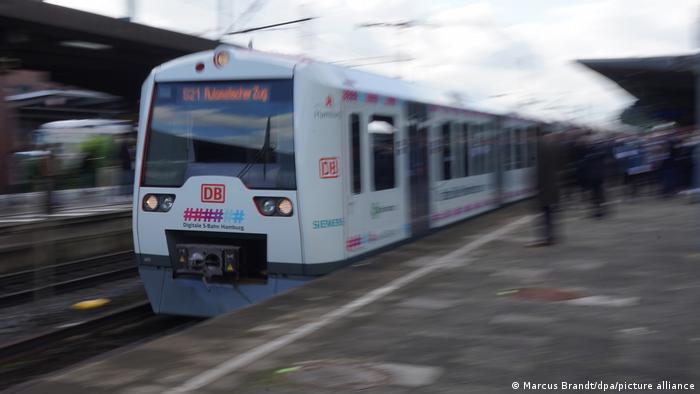

 Honda’s Superiority Over Tesla Will Be Showcased At EUCARThe automaker's autonomous tech is already among the world's best.
Honda’s Superiority Over Tesla Will Be Showcased At EUCARThe automaker's autonomous tech is already among the world's best.
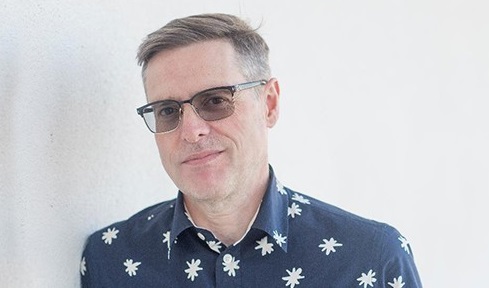
 Professor Mark Girolami selected as Chief Scientist of The Alan Turing Institute | Cambridge NetworkUniversity of Cambridge Professor Mark Girolami has been announced as The Alan Turing Institute’s first Chief Scientist, responsible for the creation and delivery of the Institute’s scientific and innovation strategy, as well as its approach to ethics and responsible innovation.
Professor Mark Girolami selected as Chief Scientist of The Alan Turing Institute | Cambridge NetworkUniversity of Cambridge Professor Mark Girolami has been announced as The Alan Turing Institute’s first Chief Scientist, responsible for the creation and delivery of the Institute’s scientific and innovation strategy, as well as its approach to ethics and responsible innovation.